
As a Product and Sample Analyst and Tester at SHANDONG LANDU NEW MATERIAL CO., LTD, under the LANDERCOLL brand, I'm often asked about **Hydroxyethyl Cellulose (HEC)** and its crucial role in the paint and coatings industry. This guide is designed to provide a comprehensive understanding of HEC, its benefits, applications, and why it’s considered a cornerstone ingredient for formulators.
What is Hydroxyethyl Cellulose (HEC)?
**Hydroxyethyl Cellulose (HEC)** is a non-ionic, water-soluble polymer derived from cellulose. Its unique properties make it an invaluable additive in various industries, particularly in paints and coatings. HEC acts as a thickener, stabilizer, and rheology modifier, contributing significantly to the overall performance and quality of the final product. Its non-ionic nature ensures excellent compatibility with a wide range of ingredients commonly found in paint formulations.

Key Benefits of HEC in Paint & Coatings
The addition of **Hydroxyethyl Cellulose (HEC) for paint and coatings** formulations offers several significant advantages:
Rheology Modification and Thickening
HEC is primarily used as a rheology modifier, meaning it controls the flow and viscosity of the paint. This ensures excellent application properties, preventing the paint from being too thin and runny. The result is a smoother, more uniform finish, minimizing brush strokes and imperfections. According to industry reports, proper rheology control leads to improved aesthetic appeal and durability of coatings.

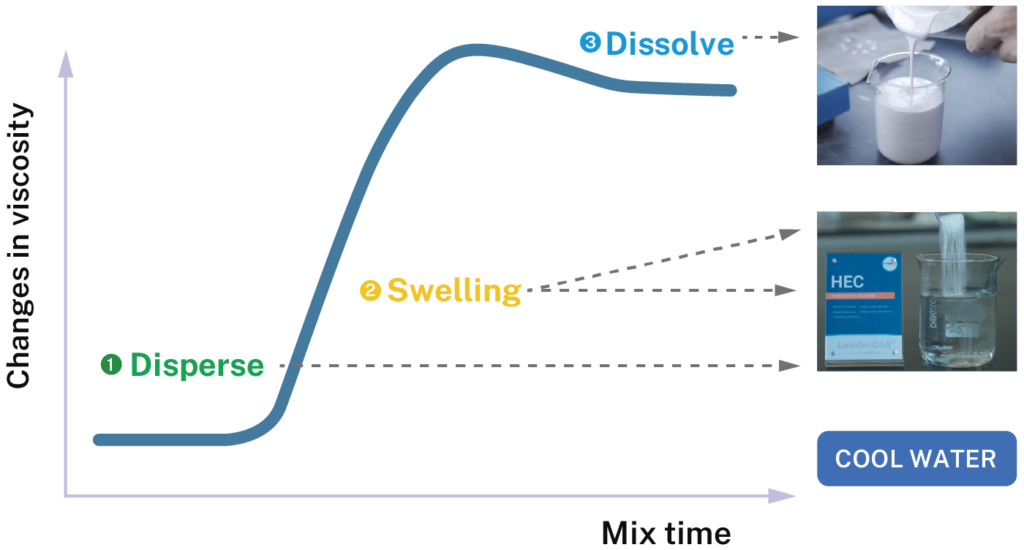
Sag Resistance
One of the most crucial benefits of **Hydroxyethyl Cellulose (HEC) for paint and coatings** is its ability to prevent sagging, especially on vertical surfaces. HEC increases the viscosity at low shear rates, making the paint thicker and less likely to drip or run. This is particularly important for achieving a professional-looking finish on walls and ceilings.
Pigment Suspension and Dispersion
HEC helps to keep pigments evenly distributed throughout the paint, preventing settling and ensuring consistent color. Proper pigment dispersion leads to better color development and stability, resulting in a more vibrant and longer-lasting finish. Studies have shown that HEC can significantly improve the color uniformity of coatings, as discussed in materials science journals.
Water Retention
In cementitious and mortar-based paints, HEC plays a vital role in retaining water. This slows down the drying process, allowing for better film formation and improved adhesion to the substrate. Adequate water retention is essential for preventing cracking and ensuring the long-term integrity of the coating.
Enhanced Workability
HEC improves the overall workability of the paint, making it easier to apply with brushes, rollers, or spray equipment. It provides a smooth and consistent texture, reducing application effort and ensuring even coverage. Improved workability translates to faster application times and reduced labor costs.
Stability and Compatibility
As a non-ionic polymer, HEC is highly compatible with various pigments, binders, and other additives commonly used in paint formulations. This minimizes the risk of incompatibility issues, such as flocculation or thickening, ensuring a stable and reliable product. This is further supported by research in polymer chemistry highlighting the broad compatibility of non-ionic cellulose ethers.
Applications of HEC in Different Types of Paints and Coatings
**Hydroxyethyl Cellulose (HEC) for paint and coatings** is versatile and used in a wide variety of applications:
Latex Paints and Emulsion Paints
HEC is a standard ingredient in latex and emulsion paints, providing thickening, sag resistance, and improved flow and leveling. It ensures a smooth and even finish, enhancing the overall appearance of interior and exterior walls. The paper Study on Adding Methods of Hydroxyethylcellulose into Latex highlights the importance of proper HEC addition methods for achieving optimal viscosity and stability in latex paints.

Facade Coatings, Primers, and Topcoats
HEC is used in facade coatings to improve water retention and prevent cracking. It also enhances the adhesion of primers and topcoats, ensuring a durable and long-lasting finish. The research on "Influence of Diatomite on Performance of Styrene-Acrylic Interior Wall Coatings" suggests the interplay between additives like HEC and other materials in enhancing coating performance.
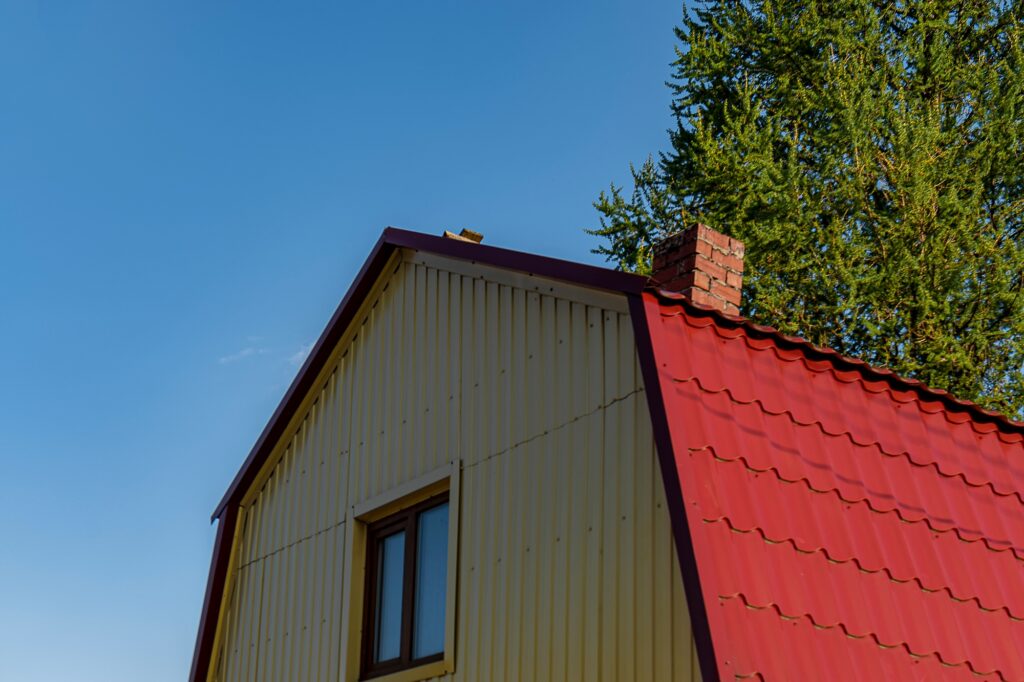
Waterproof Coatings
HEC can be used in waterproof coatings such as K11 water-proofing coatings polymer-cement to improve the application of the product.
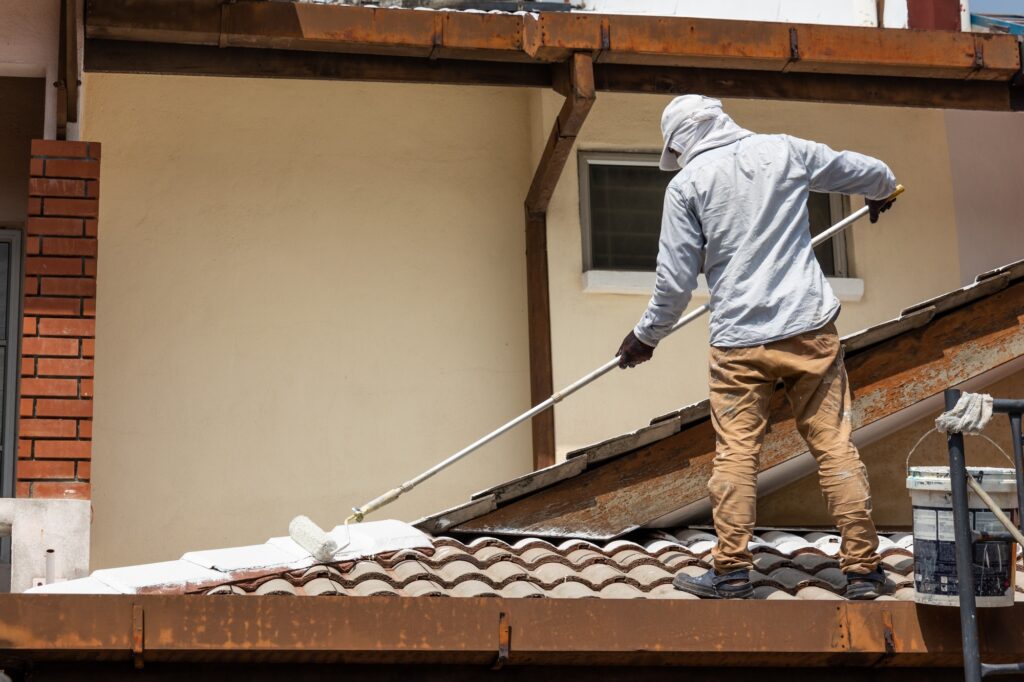
Waterborne Multicolor Coatings
HEC plays a key role in stabilizing the dispersed phase of waterborne multicolor coatings. As mentioned in "Analysis of Factors and Synthesis of Waterborne Multicolor Coatings", hydroxyethyl cellulose affects the coatings' performance with different pigment and filler contents, as well as protective colloids.
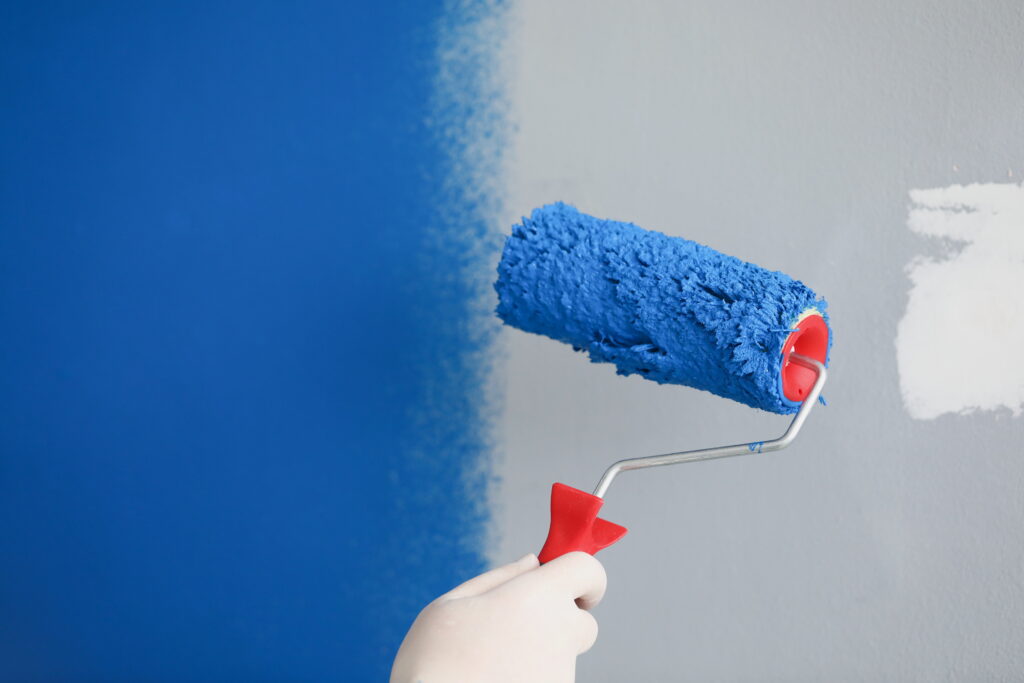
Cement-Based Coatings and Mortars
In cement-based coatings and mortars, HEC is crucial for retaining water, improving workability, and preventing premature drying. This ensures proper hydration of the cement, leading to a stronger and more durable final product.
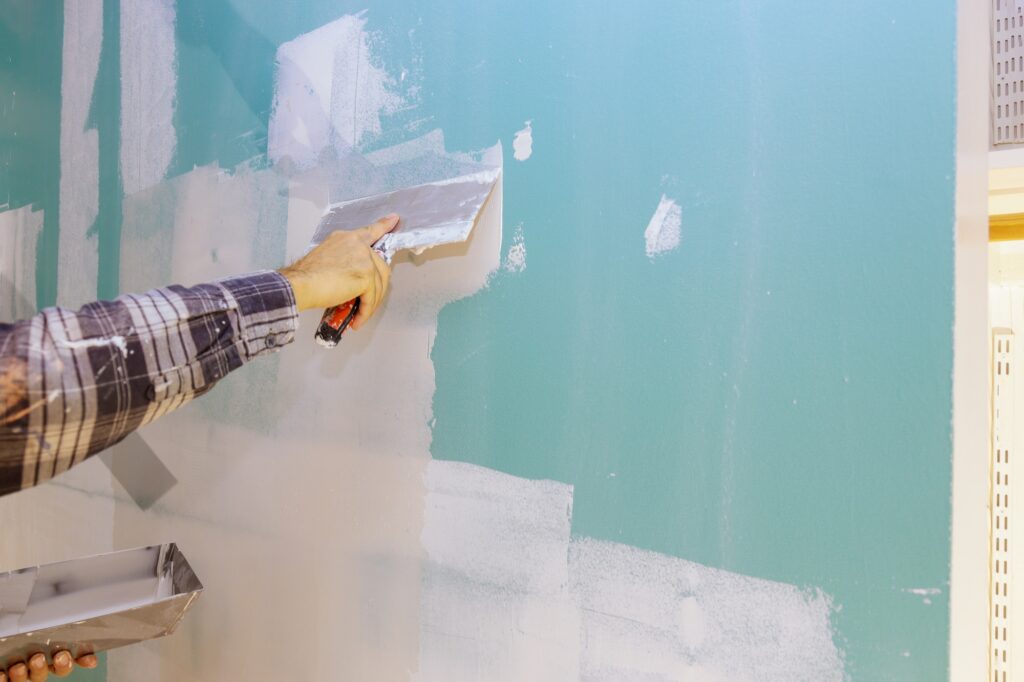
Choosing the Right HEC Grade
The selection of the appropriate HEC grade depends on the specific requirements of the paint or coating formulation. Factors to consider include viscosity, molecular weight, and degree of substitution. Consulting with a knowledgeable supplier is essential for selecting the optimal HEC grade for your application.
LANDERCOLL HEC: Superior Performance for Your Coatings
At SHANDONG LANDU NEW MATERIAL CO., LTD, we are committed to providing high-quality HEC products under the LANDERCOLL brand. Our LANDERCOLL HEC grades include normal and standard, biostable, hydrophobic, and associative types, such as HE30M and MHE300, are specifically designed to deliver exceptional performance in paint and coating applications. They offer excellent water retention, high thickening efficiency, salt tolerance, and stability, ensuring reliable results in diverse industrial and architectural coatings. We adhere to stringent quality control measures to ensure consistent performance and customer satisfaction.
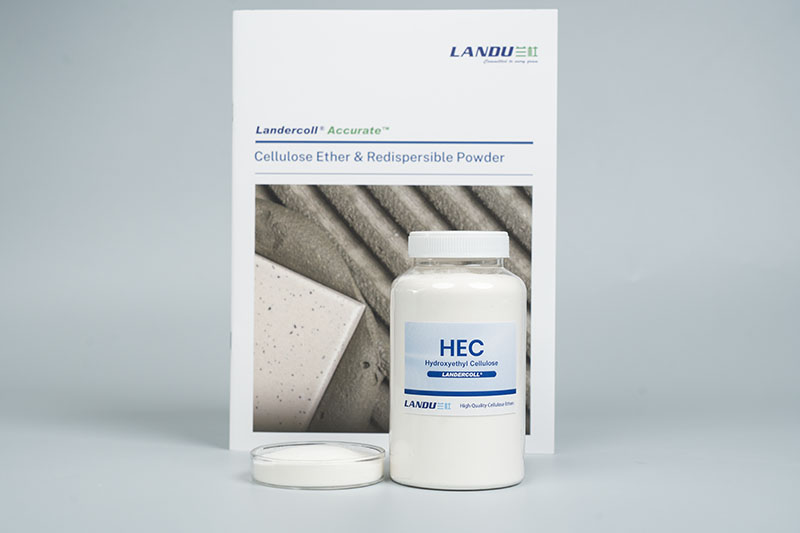
Conclusion
**Hydroxyethyl Cellulose (HEC) for paint and coatings** is an indispensable additive that significantly enhances the performance, application, and durability of various coating formulations. Its versatility and compatibility make it a cornerstone ingredient for formulators seeking to achieve superior results. When choosing HEC for your paints and coatings, consider LANDERCOLL HEC from SHANDONG LANDU NEW MATERIAL CO., LTD for reliable quality and exceptional performance.
Contact Us & Get Free Samples
Please contact me for the latest quote or to request a sample test (our samples are free and include shipping).

